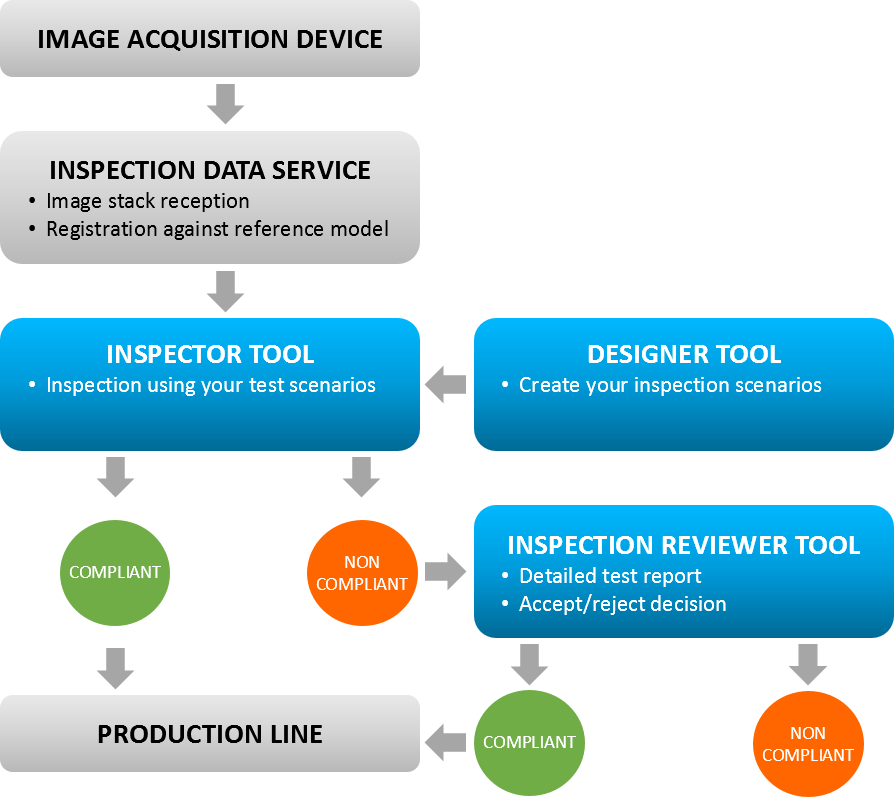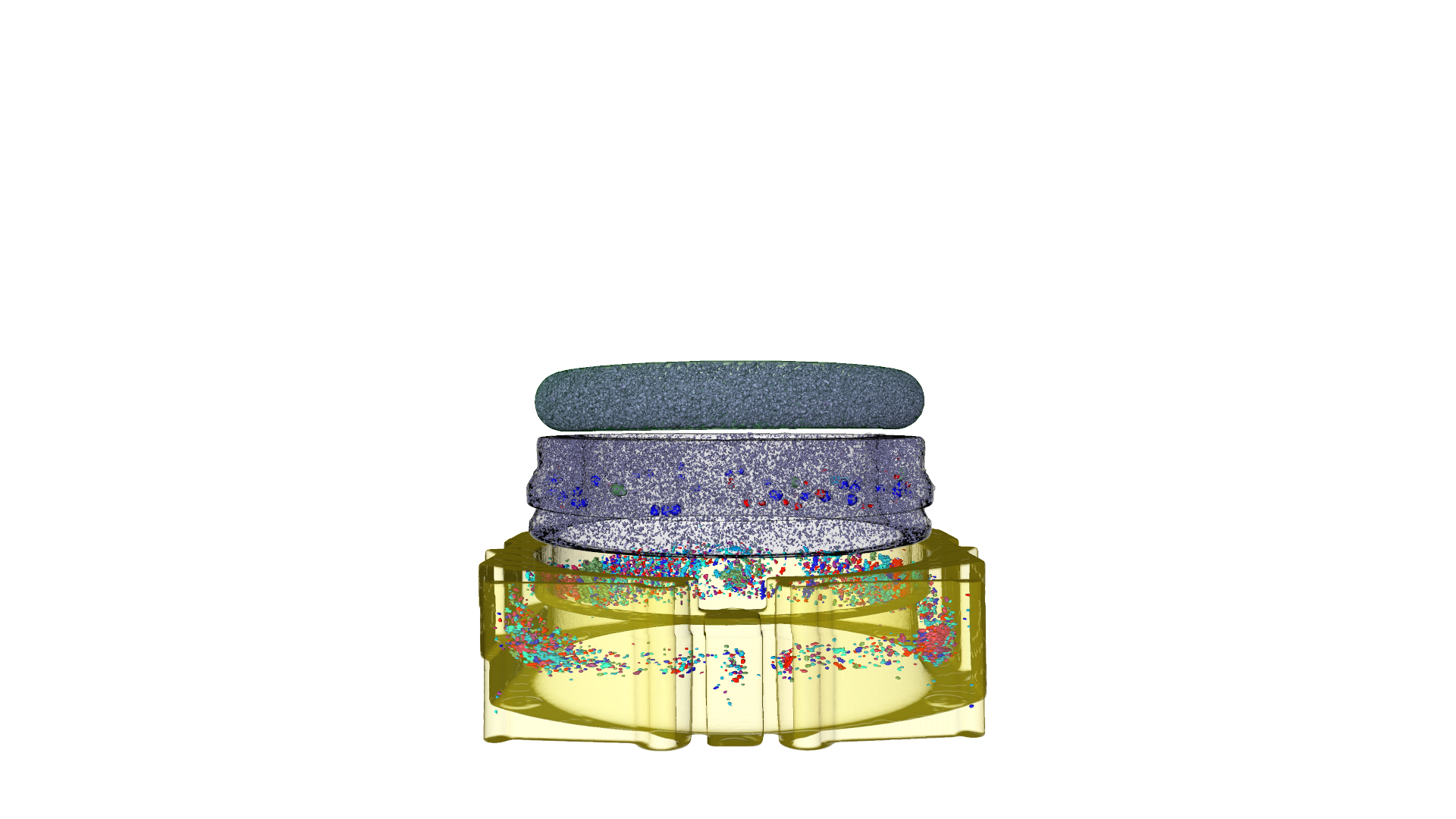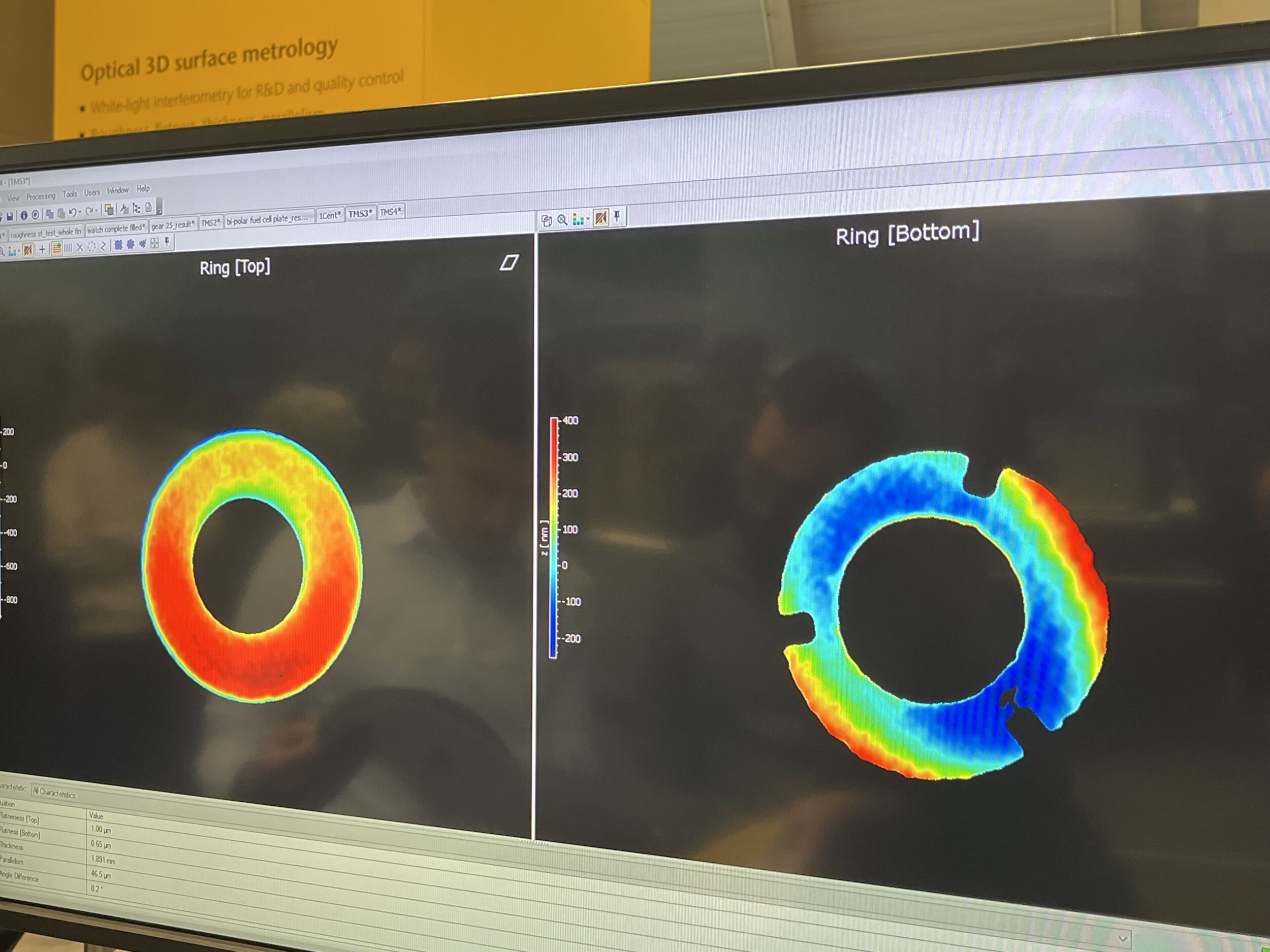Golden Goal
Inline Extension for Computer Tomography Analysis Software
An Inline extension is launched to the Avizo CT software for industrial inspection. It implements a complete framework matching the requirements of an industrial production floor.

Image 1 | The Inline extension of the Avizo software targets the full inline process of quality control and predictive maintenance. It implements a complete framework matching the requirements of an industrial production floor. (Bild: Thermo Fisher Scientific)
Computer Tomography (CT) is experiencing major advancements in terms of acquisition speed, resolution and reconstruction techniques. These advancements are making CT suitable for inclusion at various stages on the production line: full in-line inspection, where 100 percent of manufactured parts are assessed for their quality; near-line, where a sample is randomly checked; or off-line, where failure analysis is performed. Full in-line and near-line inspection are inherent parts of the predictive maintenance process, allowing for real-time detection of production deviation from required design. Full in-line implementation allows for actual acceptance or rejection of each part according to predefined quality criteria and is the golden goal for which industrial manufactures are aiming. Advanced software solutions coupled to CT acquisition systems are enabling a complete solution that transforms initial data into actual knowledge that allows for measurement of quality.This is where the progress in detector technology, reconstruction techniques and image pre-processing (to decrease possible acquisition artifacts) are making this workflow usable. Quality control includes measurement of possible deviation from an ideal model (e.g. CAD) and detection and quantification of defects. The defects sought after may differ according to the material involved or the manufacturing technique employed, such as molding and injection of additive manufacturing. Deviation measurement involves the comparison of the nominal model to a model extracted from the CT data. For comparison purposes, this involves registration of the CT volume to the nominal model. This can be achieved with different techniques, such as converting the nominal CAD model in a 3D volume and registering this volume to the CT volume or extracting contours or surfaces that represent the interface between the part and the air surrounding it from CT. Once this surface is extracted, it can be registered to the CAD model so that the two models are localized at the same position in the 3D space. This can apply the same way to mono material parts and to parts made of multiple components, possibly even comprised of different materials. Determination of this interface defines the precision of the measurements. A second factor about measurement is the actual voxel size of the CT volume. The CT acquisition parameters, including magnification and detector resolution, are given a theoretical voxel size for the reconstruction; but practically, the actual size is different from the theory, and research about evaluating and propagating errors and uncertainties from raw CT projection to the CT volume used for metrology purposes is also an active research area. Once this is modelized, users will be able to assert more precisely the accuracy of measurements.

Image 2 | Defect analysis on a multi-material automotive connector using Avezio Software. Data Courtesy of RX Solutions ( Bild: Thermo Fisher Scientific)
Inline Extension
Following years of collaboration and requirements from aerospace and automotive partners and successful deployment on production floors, an Inline extension is launched to the Avizo software for industrial inspection. While workflow automation was already part of the software, the Inline extension targets the full inline process of quality control and predictive maintenance. It implements a complete framework matching the requirements of an industrial production floor. The different components include (a) a Service mechanism for connection to the acquisition system, the automatic pre-processing of acquired data with automatic image enhancement, registration to reference model or splitting of multi-part acquisition; (b) a Designer application for implementation of inspection scenarios, with each scenario combining optional visual inspection and automatic advanced defect analysis or metrology. (c) an Inspector application that automatically runs a specific scenario on a newly acquired part and (d) a Reviewer application for the engineer to review the results of analysis and then take corrective action on the production floor if necessary.












